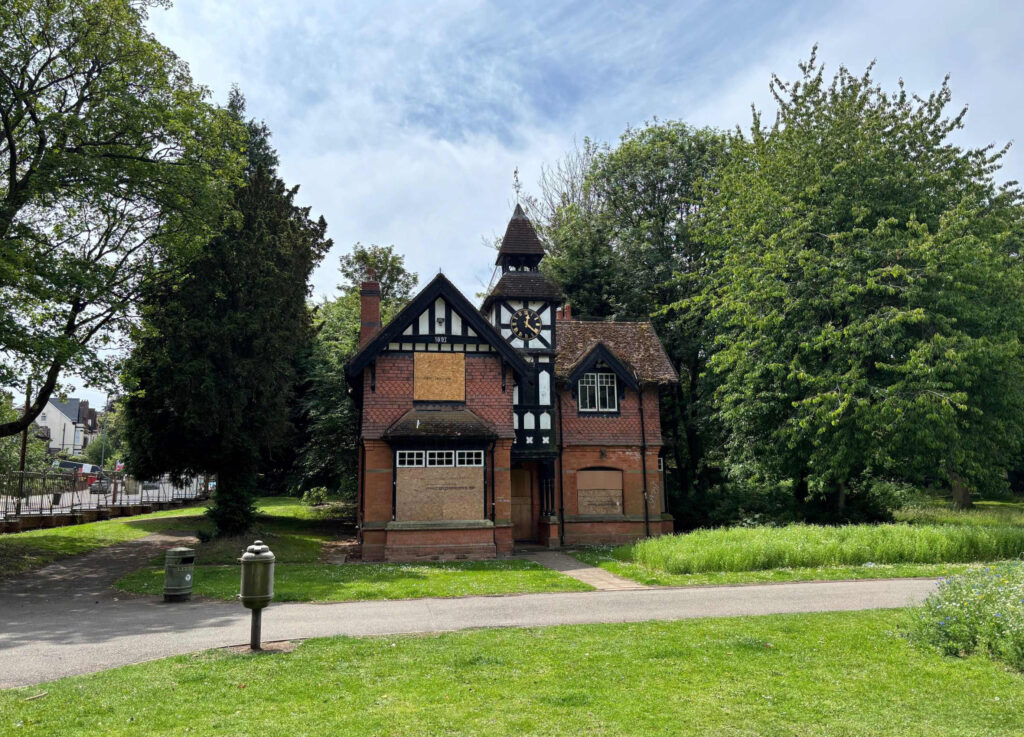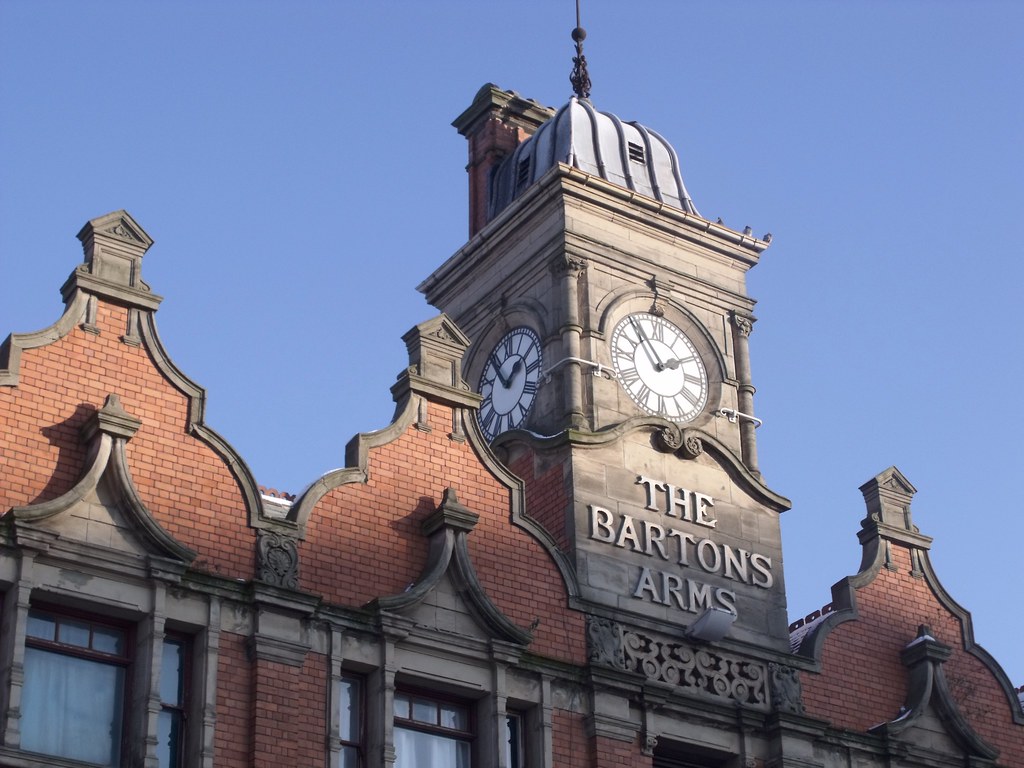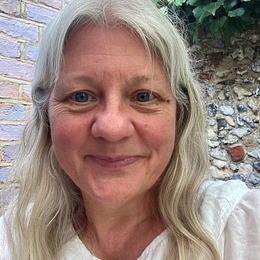
Handsworth Park Lodge with its clock tower. Unlisted, but set in a Grade II registered park, 1897, Edwin Kenworthy. Photo: Tim Bridges.
Problems are being created for planning departments in England and Wales by issues in the ability to, or intention, of local councils to recruit adequate staff. This impacts on the number of available skilled professionals in local planning and placemaking teams across the UK to make decisions in relation to planning applications. A 2025 Recruitment and Skills Report shows a shocking 73% drop in planned recruitment from 6.14 roles per team in 2022 to just 1.66 in 2025.
This is especially marked where it comes to conservation officers. Birmingham City Council was by September 2025 left with just a single conservation officer working part-time across the metropolitan area. Prior to that, for a considerable period, just two officers were expected to deal with the demands created by Birmingham’s c.2,000 listed buildings and 30 conservation areas. The Society pointed out repeatedly that this is an impossible task for just two officers to meet. Birmingham’s provision compares extremely poorly with those of other comparable local authorities. Not many years ago the city had a team of seven conservation officers, headed by a team leader whose post was then terminated. On 29th August 2025 the Chair of the Society’s Birmingham and West Midlands Regional Group wrote to Joanne Roney, the managing director of Birmingham City Council to once again raise our alarm at the situation.
Even as Birmingham attempt to recruit one or more conservation officers they will be hit by a skills gap and lack of suitable candidates. Cardiff City Council in the last few months advertised for a new conservation officer, and the Council have had to repeat the advert as there were no applications to their first ad.
Whilst there are several local authorities that have under 100 listed buildings and so do not feel compelled to employ a specialist heritage professional. It is believed there are a number of unitary authorities that have heritage assets running into four and five figures where the number of staff are insufficient to run a balanced good practice conservation service.
Planning departments need to consider two questions: 1) what is the status and seniority of the heritage professional[s] assigned to the task in hand, and 2) are these team members IHBC accredited? The Victorian Society believes there is a compelling case for examining heritage professional to heritage asset ratios across the UK. Undoubtedly the current situation in many councils is now impacting on statutory responsibilities towards the historic environment which we believe are currently not being met in at least one example here. At a time when the government is seeking to accelerate the building of homes and infrastructure the need is now acute to protect the heritage that may be affected by the increase in planning applications.
The Society’s Birmingham and West Midlands Group are particularly concerned about the lack of qualified conservation staff in Birmingham. Here are just two examples of buildings that are not currently benefitting from an adequate duty of care from the Council. The lack of active Conservation Advisers currently means there is no-one to observe these heritage assets from a trained conservation point of view. Is the building being kept secure? What is being done to find a future occupant or use? These matters would have been addressed and attended to by the conservation officers.
Handsworth Park Lodge
Although unlisted this lovely building is in a Grade II registered park. It dates from 1897, designed by Edwin Kenworthy with a clock tower. It was occupied until a few years ago. It is currently boarded up and subject to arson attacks. It has been placed on the market by the Council to be sold as a private residence. Hundreds of people signed a petition in 2024 to help preserve the Lodge. The former Conservation Officer was working with other stakeholder parties to ensure the building is kept secure whilst still in ownership of the City Council, and to negotiate the most sensible viable solutions around property boundaries and access. The Conservation Officer would ensure development of the building would be compliant and in keeping with the park’s registered status. With a huge caseload of planning applications and the conservation officer work in Birmingham currently being undertaken by heritage consultants pending recruitment of a conservation officer there is a question as to who is undertaking this aspect of conservation work?
Bartons Arms, Aston
Listed by Historic England at Grade II* for the “intactness of its interior and the wealth of tile work” which “make it the best example of its date in Birmingham.” It was built in 1901 by James & Lister Lea. The Telegraph recently named The Barton Arms in their list of 500 Best Pubs in England and described it as possibly the country’s “most beautiful venue”. The newspaper said there are only “two or three pubs in the whole of England that come close to its late Victorian splendour.” The pub is just a short walk away from the football ground at Villa Park and has been a popular drinking spot for fans on matchdays. The Aston pub closed its doors for possibly good in August 2025 just a year after it had reopened having been saved, backed by a local consortium which had promised to restore the pub.

The Bartons Arms on the High Street, Newtown, Aston in Birmingham showing its clock. Photo: Ell Brown cc 2.0




